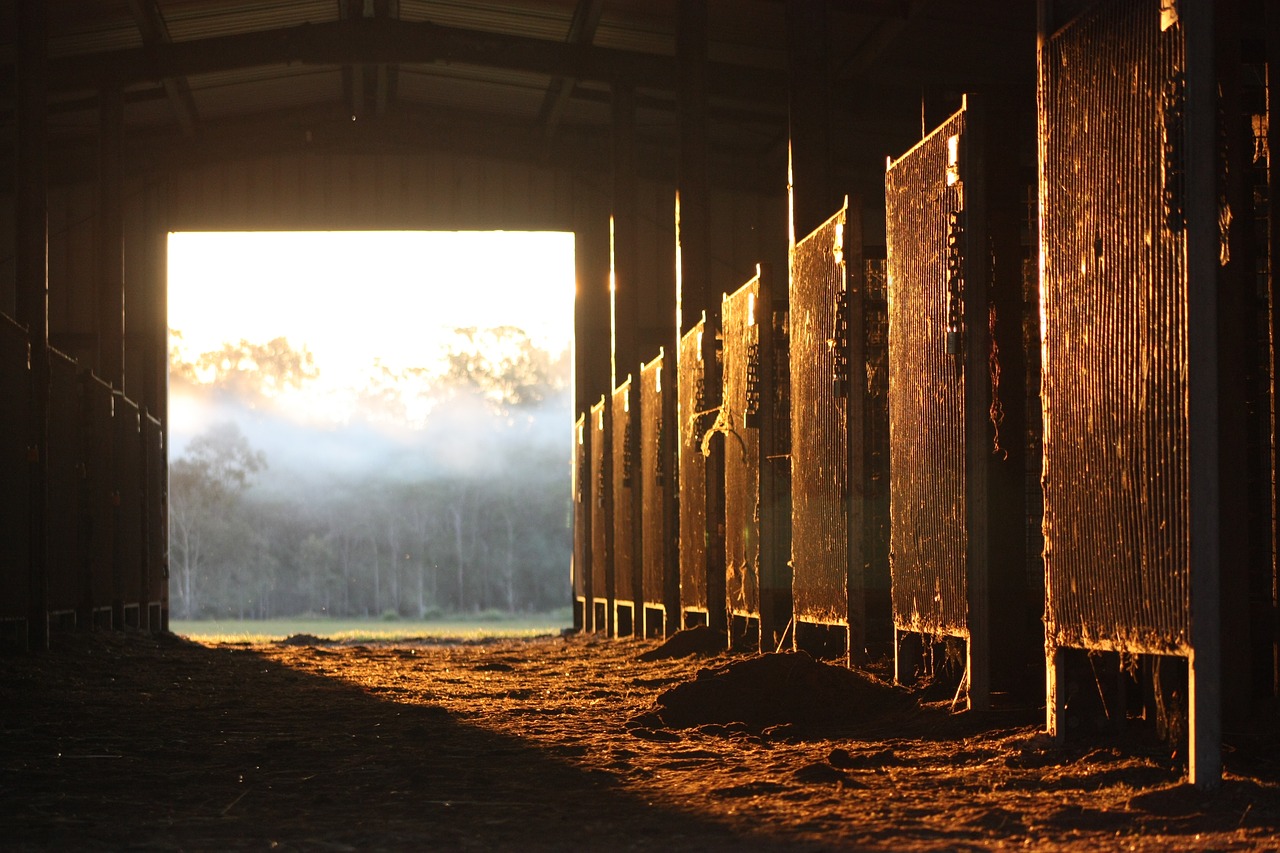Originally published as a blog for the Plymouth Historical Society on December 11th, 2018.
Though Dr. W.E. Taylor’s book, Soil Culture and Modern Farm Methods, is nearly 100 years old, it contains many practical tips that still apply today. This is the second of 5 blog posts on this subject. Find part one here.
2. The necessity of fresh, pure air
Keeping animals in a barn where air cannot flow freely can cause significant problems for the animals. The biggest concern for Taylor was the development and spread of tuberculosis — an airborne infectious disease that mostly affects the lungs. In the winter, it was often necessary to keep animals inside the barn because of extreme cold temperatures outside. Taylor encourages his readers to make sure their animals did not breathe more than 3.3% of air they have previously breathed. He even includes a chart for how much air different animals would breathe per hour and the required amount of ventilation they would need per hour. He then recommends the King system of ventilation and suggested it be installed in every barn.

The King system of ventilation, at its simplest, involved the use of a series of flues that would allow fresh air to enter the lower part of the barn and stale air to cycle out through the roof. It was developed by a University of Wisconsin-Madison professor named F.H. King. A 1908 University Bulletin explains how barns were to be constructed, specifically to allow for the free movement of air.
One obvious concern about this system was how to keep the barn adequately warm. This problem was solved quite simply. The animals in the barn produce enough heat from their bodies to raise the temperature to a moderately warm temperature.
Proper ventilation continues to be an important part of animal health on farms, but what about proper ventilation in the home? Homes from 100 years ago were not well- insulated and air freely circulated from the outside into the home. Today, homes depend on mechanical ventilation systems rather than natural ones like the King system because the ideal home now prevents cold air from entering to save on energy costs. What is the downside? Less outside air can enter the building which leads to less ventilation and lower air quality. The key take away — fresh, clean air comes from proper ventilation.
